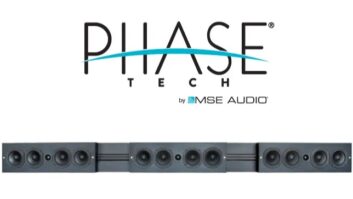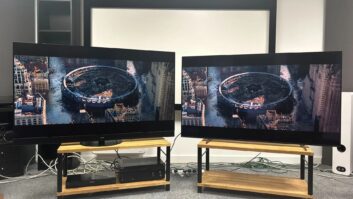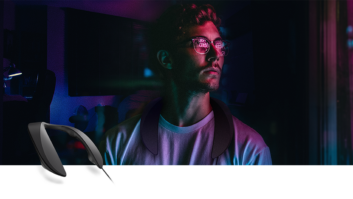Top Panasonic corporate executives, led by president Fumio Ohtsubo, took on a roundtable of 70 international journalists the company invited to CEATEC, to discuss vital industry issues it and the CE industry are facing.
While 3D HDTV was on the top of the question list, there were plenty of other issues to tackle: Blu-ray recorders in the U.S., the upcoming holiday selling season and possible company stores in the U.S., energy use, among other topics. Some responses were blunt, but others were typically diplomatic, keeping with the culture of this company and nation.
Appearing along with Ohtsubo were Hitoshi Otsuki, senior managing director; Ken Morita, senior managing partner and president of AVC Networks Company; Yoshiyuki Miyabe, executive officer in charge of digital network and software technology; and Takumi Kajisha, managing executive officer/corporate communications.
Morita was asked about the prospects for the holiday sales season and if Panasonic would consider opening stores in the U.S. due to the departure of Circuit City from the marketplace.
“In the U.S., Panasonic large-screen TVs have been strong in 55-inch, 65-inch and other large-screen sizes,” Morita said. “Growth in large-screen sales will continue. But price competition will be very competitive as usual.”
Morita added that Circuit City’s exit from the U.S. market is like a major manufacturer leaving, but that Panasonic is “focusing on expanding sales channels, accelerating them in specialty shops where they explain products more effectively.”
And while Morita can’t predict 3D TV sales, he wants Panasonic to present itself as “the industry’s 3D leader.” Responding to a question about IPTV, he said, “Demand will increase … there is now two-way communication via the Web and social networking. We will try to increase that.”
Kajisha was blunt about the rebranding of the company to Panasonic worldwide and how it can get a higher profile with consumers.
He said that the rebranding program has improved “gradually” and that “a strong brand must have competitive products like Apple’s iPod and Sony’s Walkman. Home 3D HD could be that breakthrough product for Panasonic.” He added, “In order to do that, we must build brand reputation by building ad spending, and use social-media networks like You Tube, Twitter and talk with each other.”
Miyabe was asked if the potential success of 3D HD down the road may open up Panasonic, with help from Hollywood, to offer Blu-ray home recorders in the U.S. in the future.
Miyabe said that while there may be “a good business in Japan,” there is no market for it in the U.S.
“Our marketing people think there is no need for it in the U.S. given IPTV, TiVo [and] digital video recorders there now. [In the analog era] VHS was the only video recording device [for the home]. But that’s not true right now,” Miyabe said.
Otsuki was asked if R&D spending was badly cut by Panasonic and other CE makers this year due to the recession.
He maintained that “every department has been hurt in this environment, and R&D is no exception. Spending cuts have been made in a wide area, but we didn’t cut 20 percent across the board. [The potential] Sanyo acquisition is important to us. It is very good technology, but we can’t say we can’t do it. We made cuts in various areas, but we were selective.”
Ohtsubo said that the recent European Union approval of the Sanyo acquisition only shows that “local governments are the final decision makers on this, not Panasonic. We hope the [final approvals] do not take too much time.”
In his opinion, while standard catalog energy usage ratings of plasma vs. LCD shows that plasma uses slightly more energy, “when you consider all the data, usage is virtually the same.”
When asked if a typical family might be able to afford a 3D HDTV next year, Ohtsubo noted, “TV is still king of home entertainment, especially as a big screen in the living room. After major introductions of big-screen sizes [in] 3D, eventually we will get to smaller-sized screens for the den, the bedroom, the kitchen.”
He added: “In the beginning you will need glasses. In the future you shouldn’t need them. That is the challenge we have presented to our engineers, and we are always challenging them.”
For more from CEATEC, visit www.TWICE.com as well as Steve Smith’s Viewpoint blog.













